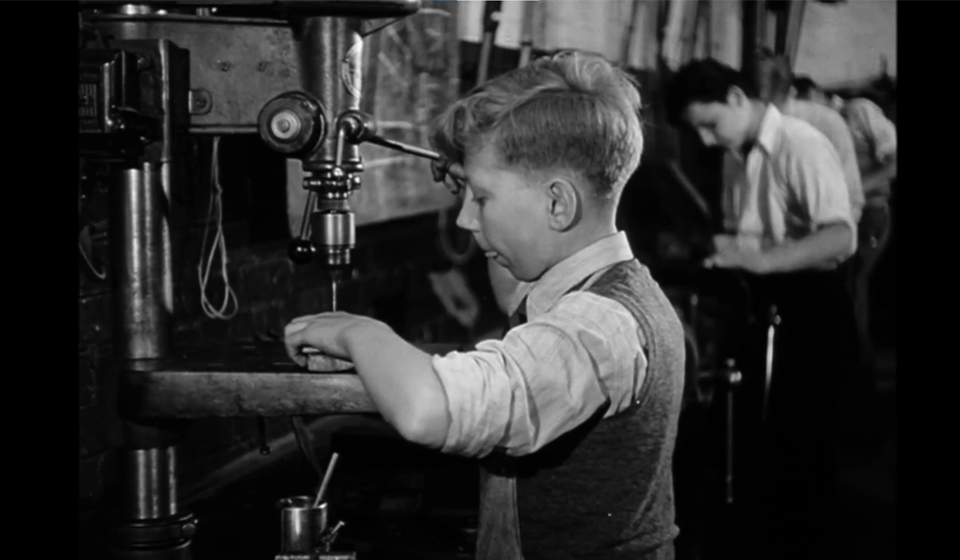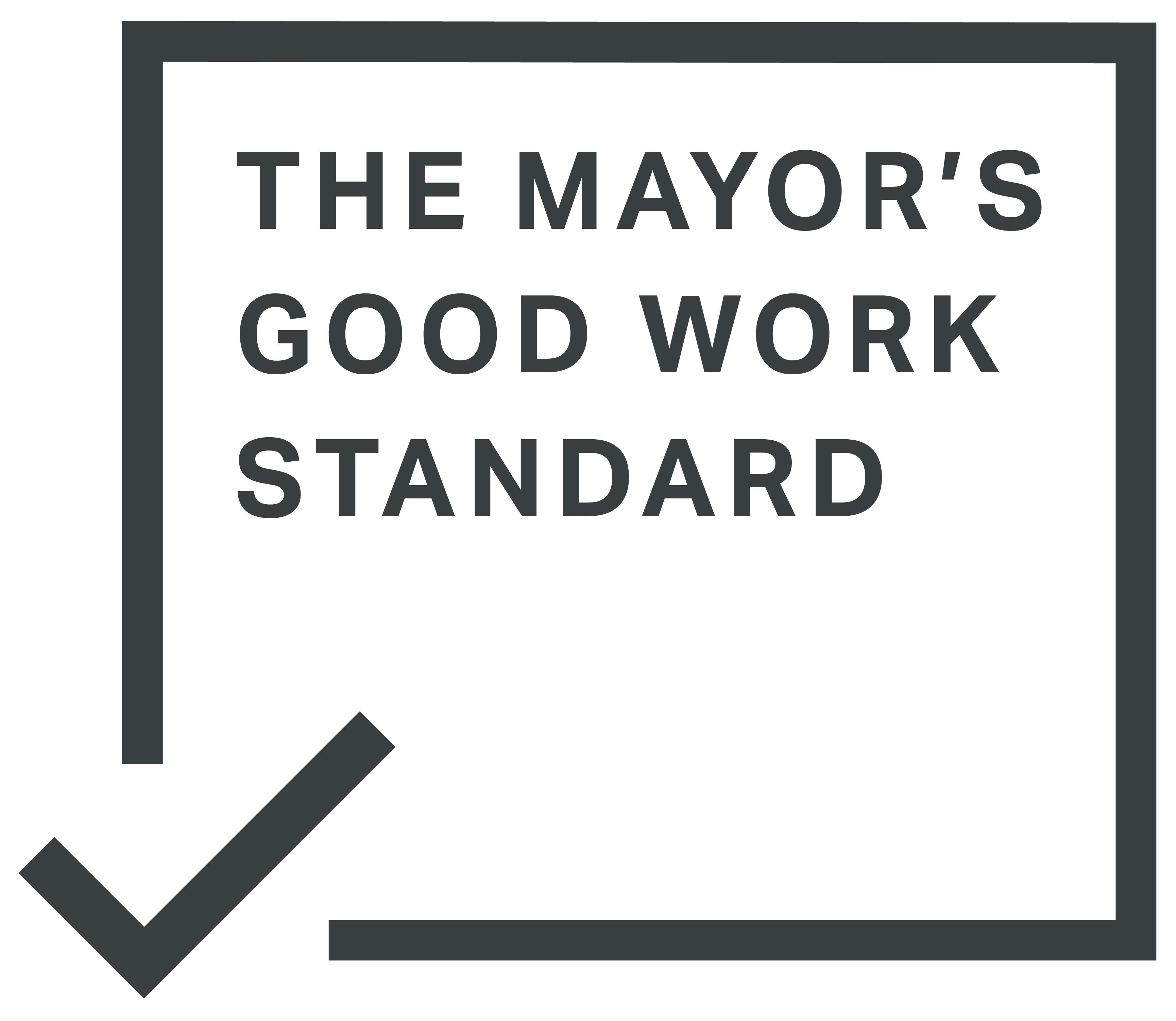The year 1945 saw the end of World War 2 hostilities. First in Europe with the German surrender on the 8th May and finally with the formal surrender of Japanese forces on the 2nd September. After six years of war, the South-West Essex Technical College would once again have to find its place in a changing Britain.
The first few years after the College’s opening should have been a period of steady adjustment. The College’s leadership along with the local education authority would have been establishing how best it could serve the region’s communities and industries. Instead, these years were shaped by war with the need to train military personnel, shelter from air raids and maintain the delivery of civilian education. The College’s staff and, by extension, its students, had to adapt to extreme changes at an unforgiving pace to keep up with the demands of government in relation to the war effort both at home and abroad.
When the war finally ended there was little time to rest. The College needed to transition once again to accommodate the needs of the country. In the College, there was a significant wind down of military training, with both the Army and Royal Air Force vacating, although the Royal Navy remained until May 1947 (Bray, 1947, p.45).
Although military operations were still ongoing throughout the world, the country was slowly transitioning from a war to a peacetime economy. This caused several problems that needed solving. Firstly, there was a significant number of men who were leaving the military and required civilian work. For many of these men the military was their first job and only source of training, as such, a rehabilitation programme under the Further Education and Training Scheme of the Ministry of Labour was established to aid the transition back to civilian life and work (Lowery, 1946, p.12). Another issue was the slowdown of factories producing goods for the war. These factories no longer needed all the staff they had previously employed and whole industries would be winding down. To replace them, old industries and production factories would re-emerge, meaning the civilian workforce would also need an element of retraining. As such, the years immediately after the war were not much quieter than those during, with the obvious exception of air raids and fear of invasion.
There was also a major shift happening in the education sector with the introduction of the 1944 Education Act, also known as the Children’s Charter. There was now a greater emphasis put on technical over academic education for those children who would benefit from learning a trade. Technical education had finally got the attention it deserved, possibly in part due to the significant contribution made during the war by technical colleges such as the South-West Essex Technical College. A Ministry of Education film named ‘Children’s Charter’ was released in 1945 and features the College among other schools and education centres across the country.
Updates:
First published: 01/05/2021
Reference list:
Bray, W.R., (1947). The Country Should be Grateful - The War-time History of the South-West Essex Technical College and School of Art. Walthamstow: The Walthamstow Press Ltd.
Lowery, H., (1946). South-West Essex Technical College and School of Art Annual Report Session 1945-46.
Researched and written by Thomas Barden













